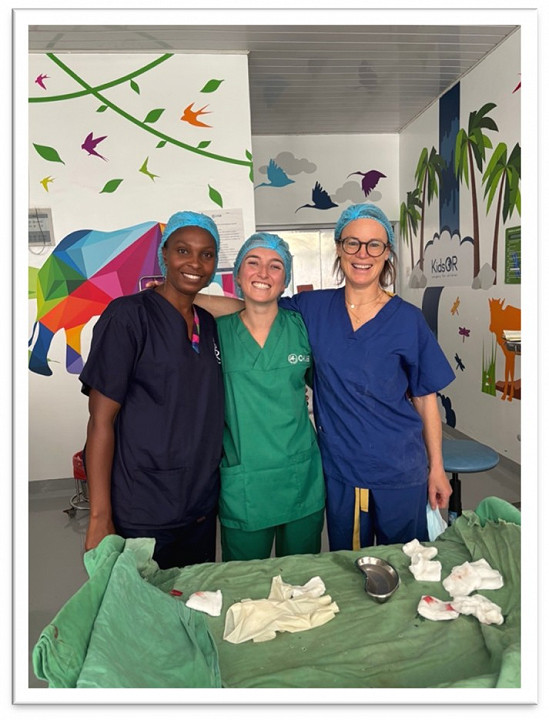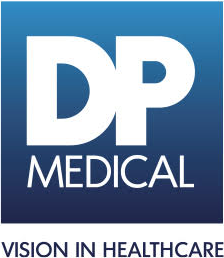In September I had the privilege of joining a Legacy of Hope mission to Rwanda with Mrs Kate Heathcote, a consultant laryngologist from Poole. We flew into Kigali where we were greeted by the wonderful Pastor Osee, founder of Legacy of Hope, and representatives from the Ministry of Health in Rwanda.
“From there we drove south to Butare through miles of rolling hills, bright green banana palms, copper red earth and people in brightly coloured clothes on bicycles. On arrival we met up with Dr Jean-Claude Nshimiyimana, a local ENT consultant in Butare that Kate had worked closely with on previous trips and who had invited us to visit for a week of in-person hands-on teaching.
“The primary aim of the trip was to improve the diagnostic work-up, management and follow up for patients with subglottic stenosis. Prolonged intubation, high endotracheal cuff pressures, and limited access to new tracheostomy tubes are risk factors for the high local incidence of subglottic and tracheal stenosis. As a team we identified this as an area where an achievable intervention could have a big impact on patient’s quality of life. From generous donations, we were able to bring a range of airway balloons with us, including Trachealator airway balloons and inflation devices donated by the team at DP Medical.
“The University Teaching Hospital Butare is spacious, open, with a range of buildings connected by covered walk-ways. Sunday night brought pre-rounds in preparation to hit the ground running on Monday morning where we did a wide range of laryngology and general ENT cases in a new theatre built by Kids Operating Room.
“During the trip we organised teaching on cuff pressures for endotracheal balloons, early tracheostomy for prolonged intubation and tracheostomy weaning which was delivered to ENT and ITU staff. We supplied cuff pressure manometers and training for nursing staff on ITU.
“The trip was a great success, and we are extremely grateful for all the support and donations that we received. Our aims in the lead up to the next trip in 2026 are to establish a protocol for managing patients requiring prolonged intubation in ITU, and to gather money and donations for some key equipment for the ENT Team at Butare. We have loved working with the team in Rwanda and can’t wait to keep learning from each other and striving to improve for the benefit of our patients.”
Owen Pemberton, managing director at DP Medical, said: “We are so pleased to support this team of doctors from the UK with their charitable work abroad. It’s fantastic to hear how the equipment we provided has helped them to make a real difference to the lives of people in Rwanda.”
Here are the details of some of the patients who benefited from the incredible work of the recent Legacy of Hope mission:
Case study 1: We met a 23-year-old man who had been involved in a road traffic collision and required a prolonged intensive care admission. On extubation he developed acute stridor, and an emergency tracheostomy had been sited. He had been dependent on the tracheostomy for two years, with recurrent stoma infections and progressive voice loss. This had resulted in unemployment and social exclusion, greatly impacting his quality of life and earning potential.
By re-cannulating his airway and performing airway balloon dilation, we were able to fit a T-tube and give him back his voice. One of the main intra-operative challenges was using a combination of laryngeal scissors and long needles to create a passage through which we could insert the Trachealator balloons to finally open up the thick scar tissue in the airway. When we left, he had a voice for the first time in two years and with local follow up by Dr Claude and his team we hope that he will be rid of his tracheostomy for good.
Case Study 2: We assessed a baby in clinic who had a progressively hoarse cry and was taken to theatre for assessment under general anaesthetic. We were generously donated two short rigid scopes by the team at DP Medical provided a good view of lesions consistent with recurrent laryngeal papillomatosis. Using cold steel resection, the patency of the child’s airway was improved.
Case Study 3: We met a baby with severe obstructive sleep apnoea who required adenotonsillectomy for management. This was made vastly easier and performed more safely with the use of a TDCL examination headlight which was donated by the team at DP Medical.

